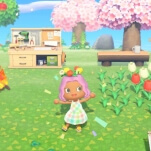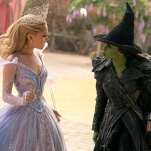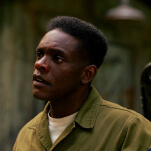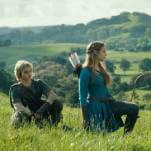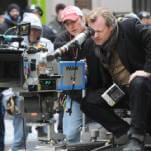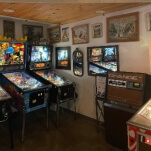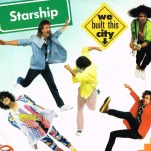The Legend of Zelda: Breath of the Wild Teems with Life and Mystery
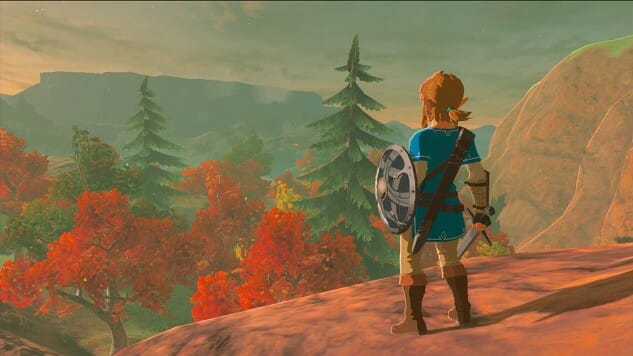
The Legend of Zelda: Breath of the Wild feels alive in a way few games do.
Its massive landmass is covered with a variety of critters, both deadly and peaceful, all tending to their own business until you inevitably intrude hard upon nature. Passersby drip along the trails, most friendly and inquisitive, a few trying to trick you into danger. Towns and stables periodically pop up on the horizon, offering a brief respite from whatever quest you’re currently pursuing. The clock constantly ticks, the sun and moon circling around the globe, the weather sliding from calm to tumult and back again. This Hyrule has presence.
None of this is new in games, but rarely does life pass so organically in these digital realms. True, these characters don’t age, no matter how many days pile up, and their vocabulary is generally limited to a handful of phrases, in the truest RPG tradition, but they don’t feel like scraps of code that only snap to life when they enter your field of vision. They don’t come off as digital homunculi running a preprogrammed circuit. You can easily imagine them having conversations and adventures while you’re doing something unrelated on the opposite side of the continent.
More vibrant still is the world itself, with its variety of mysteries and curiosities. Like the best Zelda games, Breath of the Wild is suffused with unexpected and unusual experiences. You’ll be struggling through a desert ravine when suddenly a bright red dragon soars majestically through the sky above you, completely oblivious to your presence. You’ll be standing on a mountain on the edge of existence when you notice what looks like a humongous metallic maze hovering in midair off in the distance. Early on you’ll be tasked with finding specific locations based solely on photographs and unknowable alien script, and the resolution won’t come for potentially dozens of hours. This isn’t a robotic city from an open-world crime bore, or a detailed recreation of a centuries-old civilization that exists solely to give you busywork. It’s a world that almost seems autonomous in its systems, and which often feels indifferent to your place within it, even as you save it by gradually ticking objectives off a list.
That indifference and the overwhelming amount of things you can do in this world combine to create a bewitching aimlessness. You can pursue the quickest path to victory, but that route doesn’t even become apparent for the first few hours, and the game will constantly try to entice you down tributaries and back alleys. You can easily wind up in areas full of enemies far more advanced than you, that can kill you with a single blow. Link can scurry up cliffs, trees and walls, collecting fruits and bugs, focusing on anything except the task at hand. Even if you avoid all the distractions, you’ll still idle away many hours simply traveling from one point to another. This world won’t let you forget that you’re in it.
That aimlessness isn’t unusual for a Zelda game. Indeed, the best examples are partially defined by it. When done well, it’s a unique formula that continually pushes the player forward despite rarely creating any sense of urgency or pressure. The best Zelda games enshroud a clear central path with mystery better than any other game, spreading a discernible chain of goals throughout a world teeming with odd and enchanting distractions. Breath of the Wild might do this better than any of its ancestors.







